Talk Overview
Advances in rRNA sequencing and other techniques have allowed scientists to characterize novel symbiotic partnerships. In her first lecture, Dr. Margaret McFall-Ngai provides an overview of the three main types of symbiosis: mutualism (both partners benefit), commensalism (only one partner benefits), and parasitism (one partner benefits, but the other partner is harmed). McFall-Ngai’s research is currently focused on understanding the establishment and maintenance of symbiotic relationships, and the molecular effects that these relationships have on development, health, and disease.
In her second talk, McFall-Ngai tells the story of a symbiosis between the Hawaiian bobtail squid and Vibrio fischeri, a type of luminescent bacteria that enables the squid to hunt at night. McFall-Ngai and collaborators have identified the molecular mechanism by which nascent Hawaiian bobtail squid select Vibrio fischeri from the thousands of other bacteria in their habitat. Vibrio fischeri induces developmental changes in the squid that drive daily rhythms of gene expression, which are necessary to control bacterial growth, a crucial cycle in this symbiotic partnership.
Speaker Bio
Margaret McFall-Ngai

Dr. Margaret McFall-Ngai is a Professor and Director of the Pacific Biosciences Research Center at the University of Hawaii Manao. Her laboratory studies the symbiotic relationship between hosts and microorganisms. She uses the Hawaiian bobtail squid as a model organism and studies its symbiotic relationship with the bacteria Vibrio fischeri. McFall-Ngai uses this binary symbiosis… Continue Reading
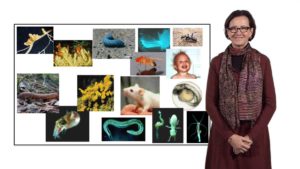
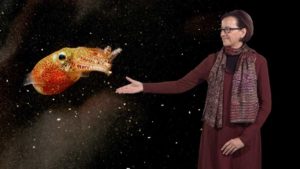
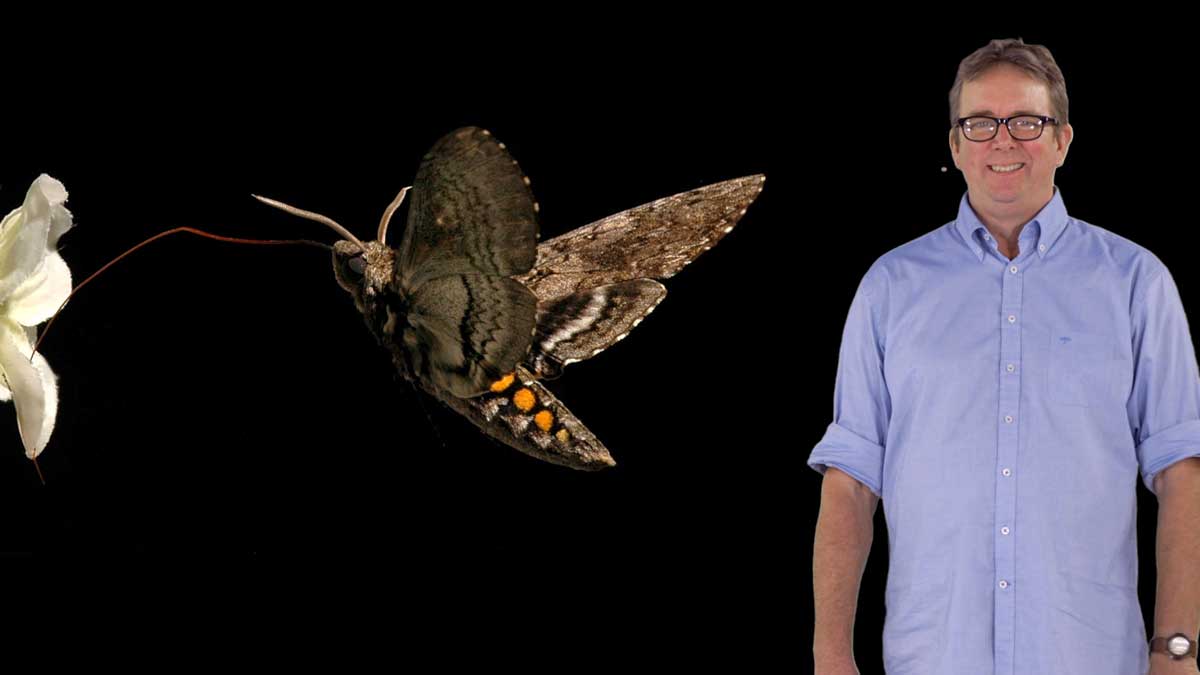
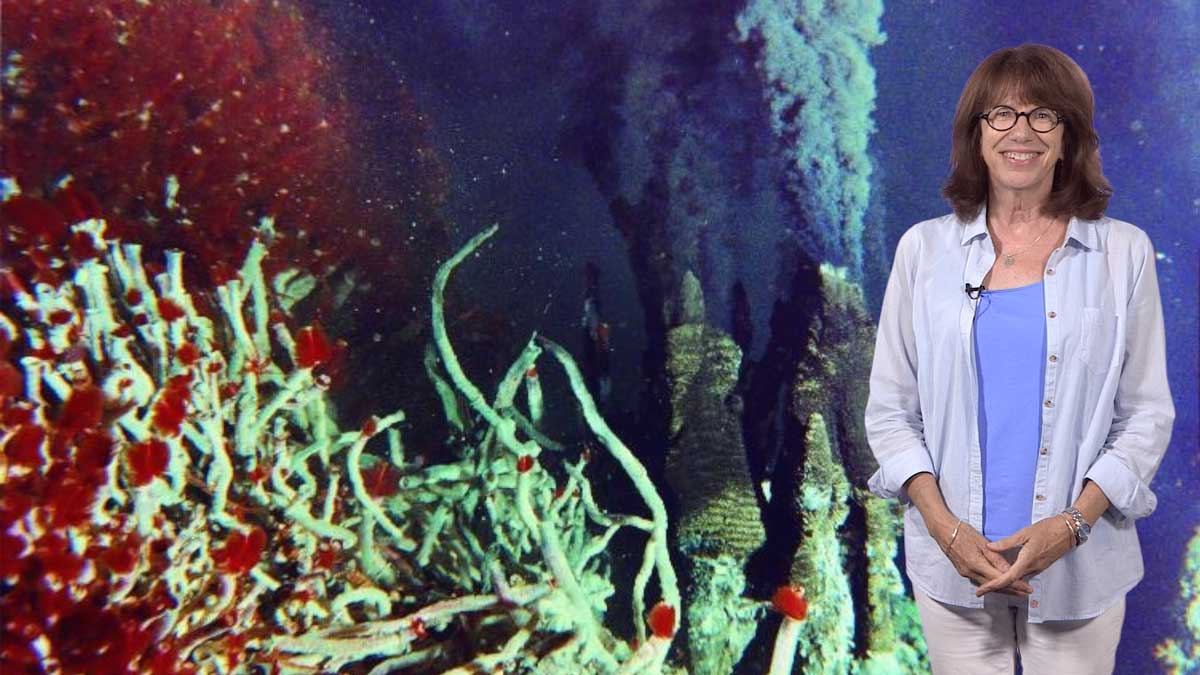
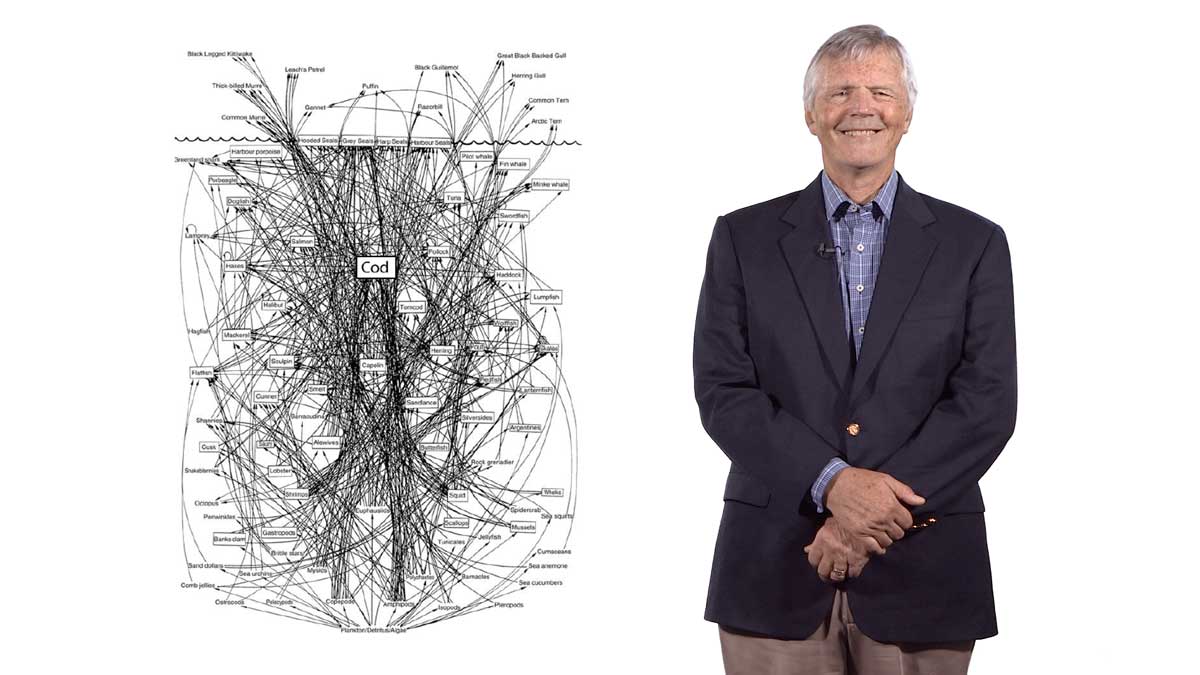
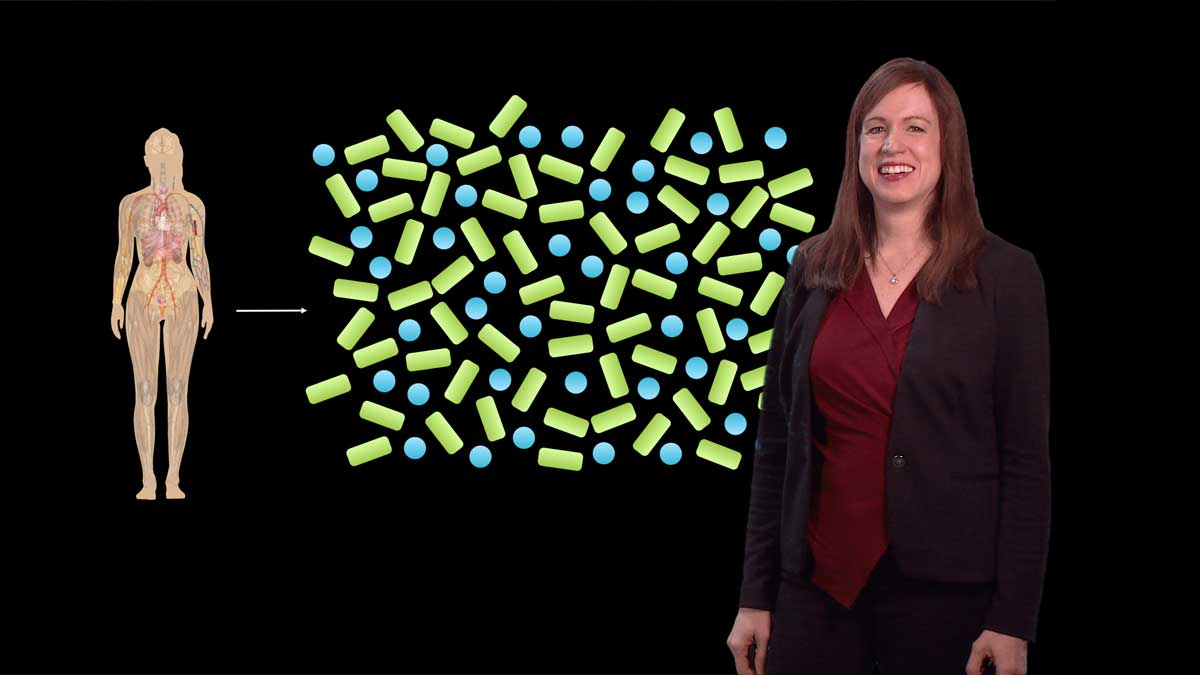





TheDogVisitor.com says
by researchers at the University of Hawai’i (UH) at M noa School of Ocean and Earth Science and Technology (SOEST), revealed that luminescent bacteria, which live harmoniously inside the Hawaiian bobtail squid’s light organ, change the gene expression in other organs of their squid host.